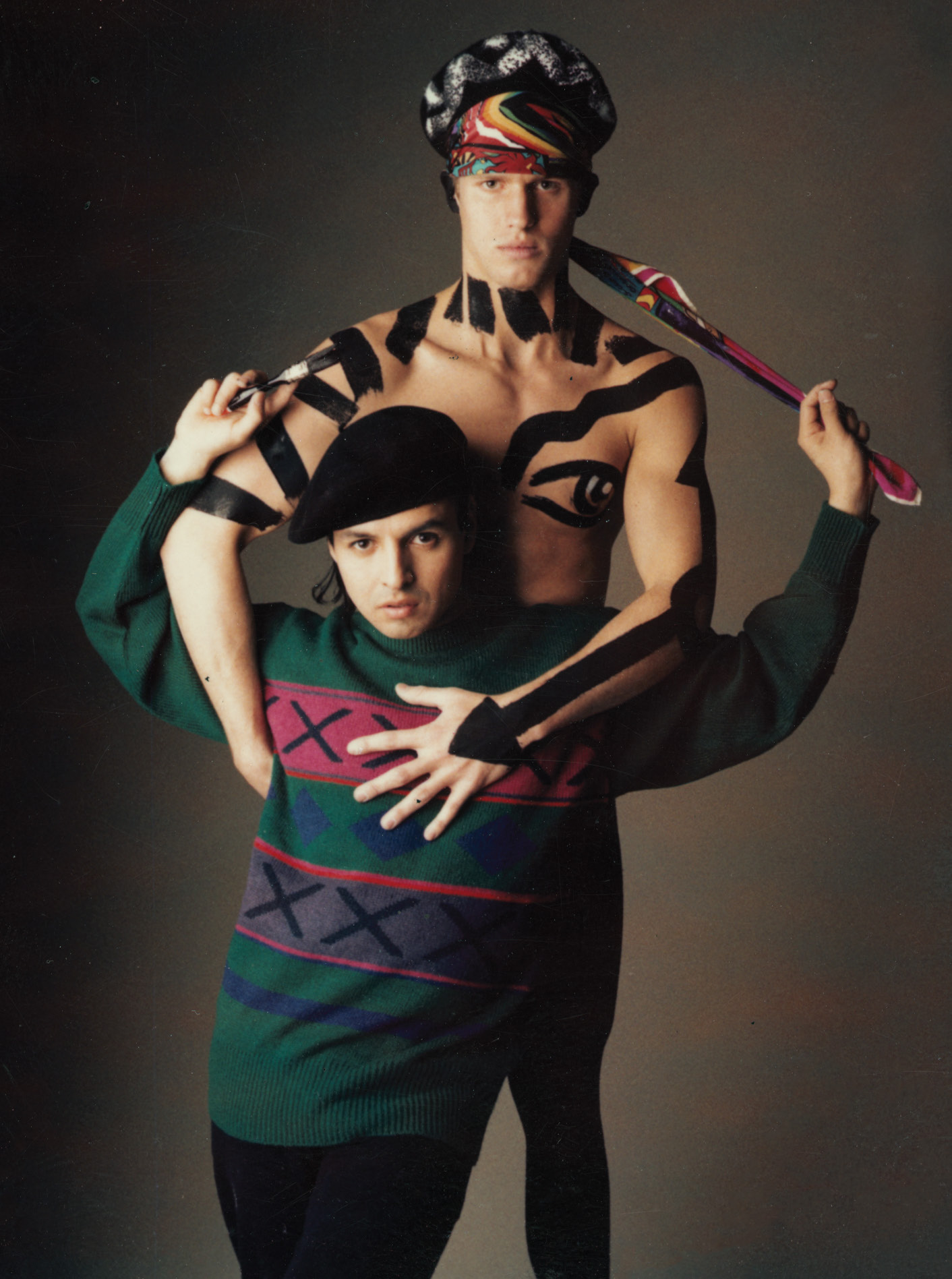Heroes: TONY VIRAMONTES
Known for his use of bold lines and color, the famed fashion artist’s legacy has prompted numerous reimaginations in the world of illustration

Tony Viramontes thrived on hubbub. In the ‘80s, the artist’s Manhattan studio was always filled with music, packed with people and scattered with sketches. Viramontes would fire off a few drawings a minute of what he saw—according to close friends, he simply threw those that no longer served him to the floor. “It is essential to capture the image; not a detail, not a garment or an expression, but an impression,” Viramontes once said. His illustrations, characterized by dynamic figures with flashing eyes and red lips, distilled his subjects’ essence with a few slashing strokes of his charcoal pencil.
It may seem like the last place an artist would be inspired, but the Mexican-American fashion illustrator started piecing together his artistic perceptions at bullfights. Many art critics attribute the vigorous energy that pulsates throughout his work to this early exposure; each stroke is full of power and attack, almost mimicking the swift movements of the toros. Enamored by the matadors’ bright garments, the young Viramontes also developed an intense appreciation for elegant, yet brash masculinity. Viramontes’ work blurred the boundaries of gender and sexuality: his work freed men from their traditional, functional uniforms and transformed them into more delicate, sensuous figures. And thus, his images ushered a new dialogue in fashion imagery, one that offered a new, softer take on how men were shown.
In a few quick strokes, Viramontes could teleport you into the realm of high fashion. At a time where other illustrators capitalized on classic elegance, Viramontes’s practice (complete with jagged lines, punchy colors and penetrating gazes) broke the rules and pushed the concept of what fashion illustration should be. In 1984, a decade after he started working, the fashion world caught on. After an introduction by fashion editor Franca Sozzani, Viramontes’ work became a regular feature in the pages of Vogue, Harper’s Bazaar, and Tatler. Viramontes extended his creativity to music albums as well, including Arcadia’s So Red the Rose, Donna Summer’s All Systems Go, and Janet Jackson’s Control. The latter emerged as one of the most iconic album sleeves ever, evoking a sense of movement and fluidity that mirrored Jackson’s militaristic dancing. “He was very creative, and I believe one day his work will be iconic,” said Jackson in 2013.
While he created some of pop culture’s most indelible imagery, Viramontes was quite an underwritten figure. While he was alive, he was often omitted from anthologies and retrospectives and after his death in 1988, which was caused due to complications with HIV, he and his work slipped from view entirely. “No history of 20th-century fashion illustration can be complete without recognizing the achievements of Tony Viramontes,” art journalist Dean Rhys Morgan told Forbes in 2013. Only recently has his life and work resurfaced, thanks to Morgan’s book Bold, Beautiful and Damned: The World of 1980s Fashion Illustrator Tony Viramontes. “I want to bring out and express a mood,” Viramontes said on depicting unconventional beauty. “I want to convey my inner world through a medium controlled by my own hand.” And the world is richer for him sharing it.
Discover More
